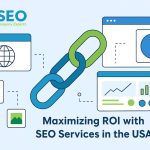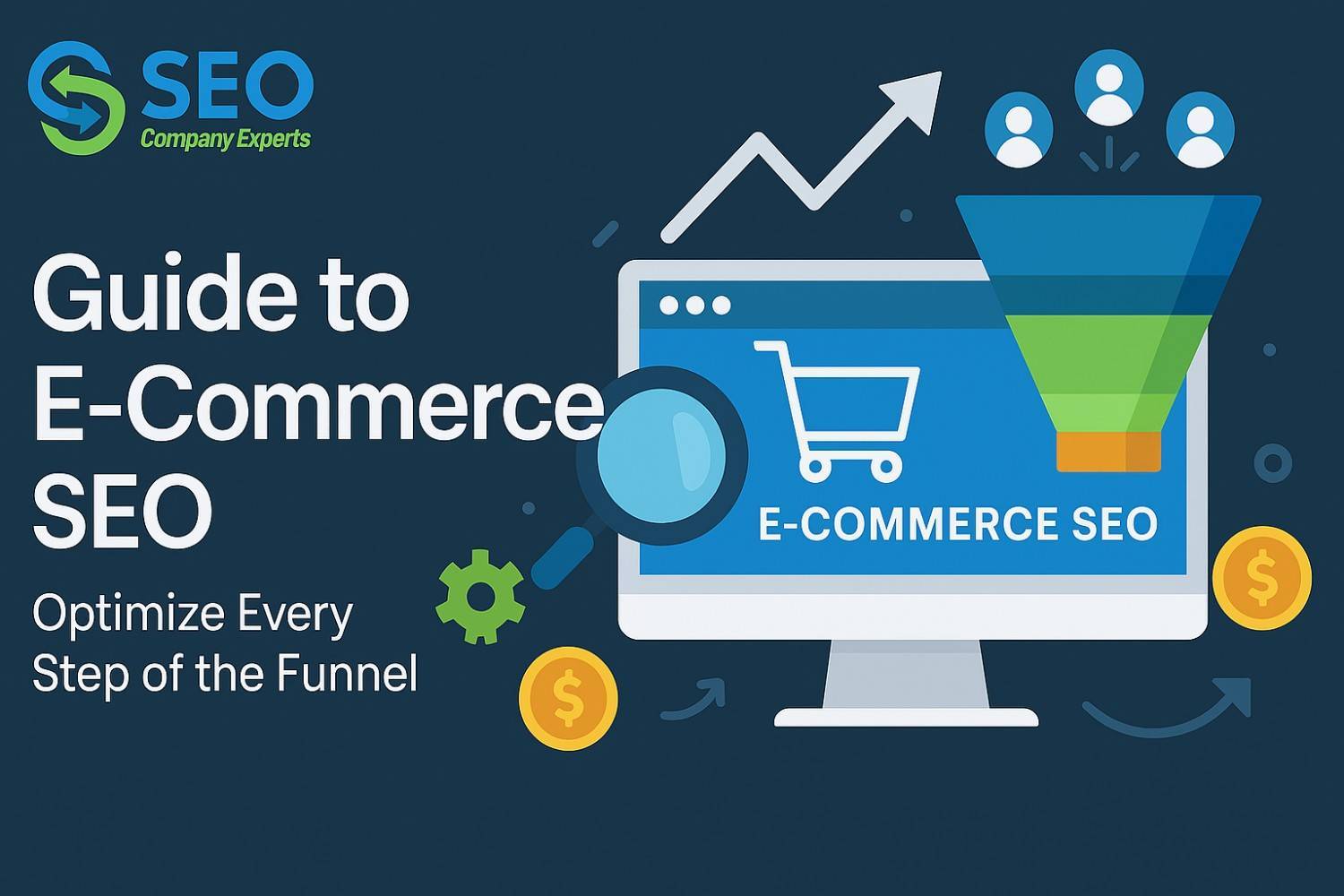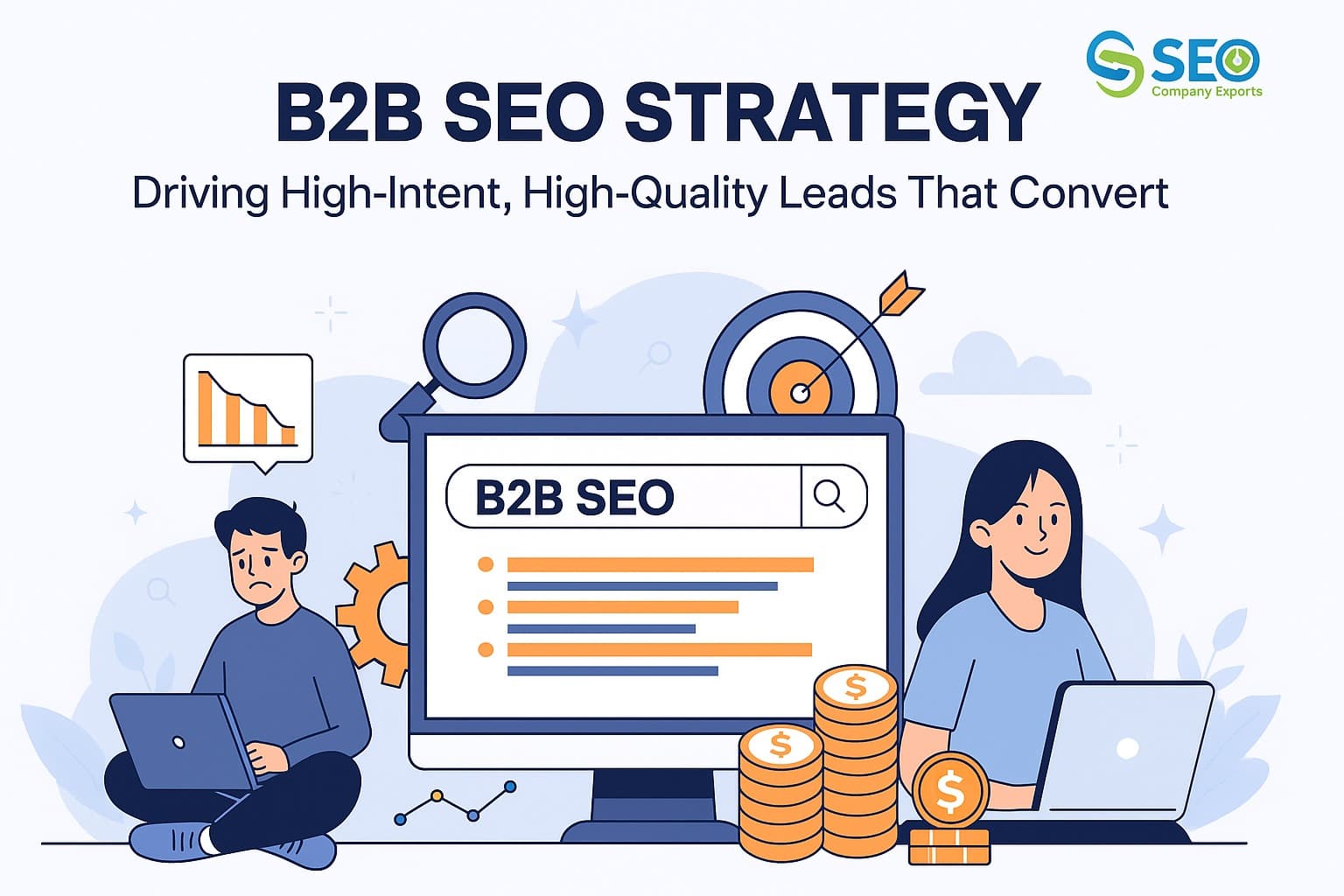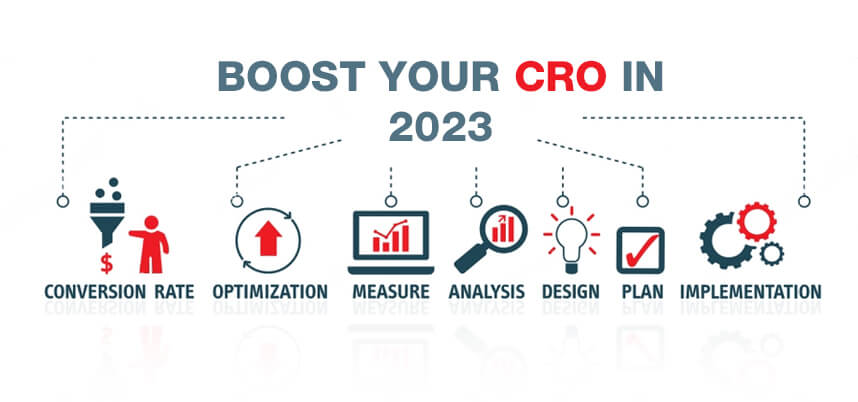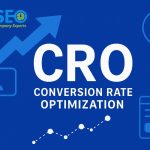
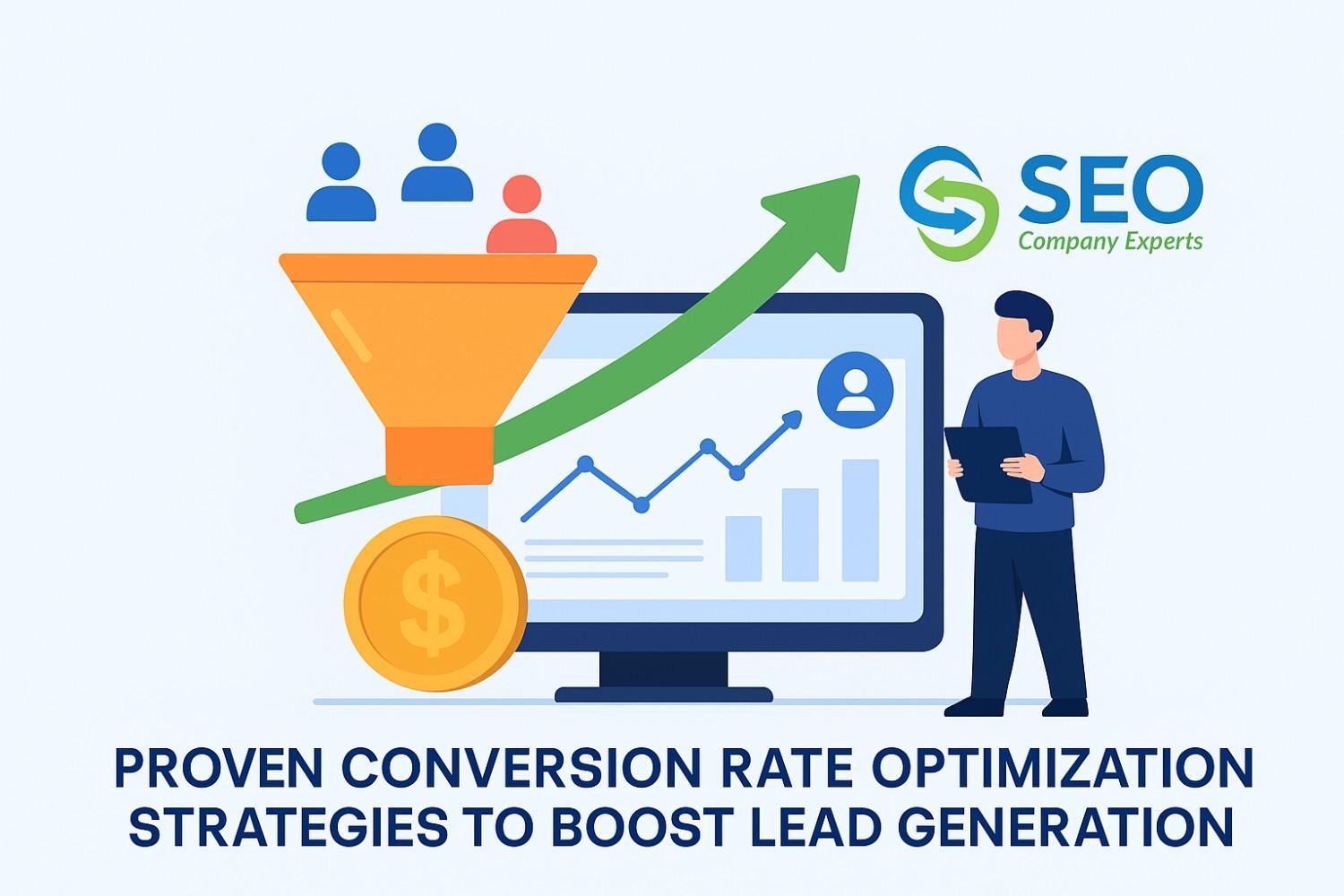
In today’s fast-moving digital world, attracting traffic to your website is only half the battle converting that traffic into leads or sales is where real success lies. With competition growing across every niche, simply having a functional website isn’t enough. You need a strategy that turns visitors into loyal customers. That’s where Conversion Rate Optimization (CRO) steps in helping you maximize the value of every visitor without spending more on ads.
However, many businesses still struggle to improve website conversion rate despite heavy investment in marketing and design. Poorly optimized landing pages, weak CTAs, and confusing user journeys can easily cause potential customers to bounce away. The good news? By applying the best CRO strategies and following data-driven optimization techniques, you can transform your website into a powerful lead generation engine that works.
Understanding Conversion Rate Optimization (CRO)
Conversion Rate Optimization (CRO) is the process of enhancing your website and digital experiences to increase the percentage of visitors who complete a desired action whether it’s filling out a form, signing up for a newsletter, or making a purchase.
In simple terms, CRO focuses on turning traffic into transactions. Instead of just driving visitors, it ensures they take meaningful steps that benefit your business.
Key Elements of CRO:
- Analyzing user behavior and traffic sources
- Testing landing page elements
- Improving call-to-action (CTA) clarity
- Enhancing site design and navigation
- Creating persuasive, user-focused content
By applying CRO marketing services effectively, businesses can enjoy higher ROI from the same marketing budget.
Why CRO Matters for Lead Generation
Your website is often the first touchpoint a potential lead interacts with. Every friction point, slow load time, poor form design, or unclear message reduces the chances of conversion. According to HubSpot, the average website conversion rate across industries is only 2.35%, meaning most visitors leave without engaging.
Implementing CRO strategies ensures that:
- Every landing page and call-to-action is fine-tuned for engagement.
- Visitors are guided smoothly through the sales funnel.
- Your existing traffic converts better, without additional ad spend.
Ultimately, lead generation through website optimization saves costs while improving customer satisfaction creating a win-win scenario for both users and businesses.
How to Improve Conversion Rate and Generate Leads
When it comes to how to improve conversion rate and generate leads, the process is both analytical and creative. You must understand what motivates visitors and remove the barriers that stop them from acting. Partnering with professional Conversion Rate Optimization Services can make this process more efficient, helping you analyze user behavior, refine your website design, and implement data-driven strategies that boost engagement and lead generation.
Practical Steps to Get Started:
- Understand Your Audience Behavior
Use tools like Google Analytics and Hotjar to track user movement, time spent on pages, and drop-off points. This helps identify what’s working and what isn’t. - Simplify User Journeys
Make the conversion process as frictionless as possible. Too many steps or unclear instructions can cause user drop-offs. - Optimize Your Value Proposition
Clearly communicate the benefits of your product or service. The first 5 seconds on your landing page should answer the question “What’s in it for me?” - Leverage Social Proof
Display customer testimonials, case studies, and real user reviews to build trust and credibility instantly.
Landing Page Optimization Tips That Drive Results
A landing page acts as your digital salesperson it must be convincing, fast, and user-friendly. Small tweaks on your landing pages can dramatically improve website conversion rate and lead quality.
Effective Landing Page Optimization Tips:
- Strong, Benefit-Focused Headlines: Capture attention and highlight the value.
- Minimal Distractions: Keep the page focused on one goal conversions.
- Compelling CTAs: Use clear, action-oriented text like “Get Your Free Demo” instead of vague phrases like “Submit.”
- Responsive Design: Ensure your landing pages perform seamlessly across all devices.
- Visual Storytelling: Use images, videos, or infographics to reinforce your offer visually.
The Role of Lead Magnet Optimization in CRO
A lead magnet is a valuable incentive you offer in exchange for visitor information such as an eBook, free trial, or discount code. Optimizing these lead magnets can significantly boost lead generation and nurture future sales opportunities.
Key Lead Magnet Optimization Strategies:
- Offer Genuine Value: Make sure the offer solves a real problem for your audience.
- Use Short Forms: Reduce form fields to only essential information to avoid friction.
- Add Urgency: Use limited-time offers or countdown timers to create FOMO.
- Test Placement: Try placing lead magnets at multiple touchpoints — pop-ups, exit-intent modals, or blog post CTAs.
Well-designed lead magnet optimization strategies can turn passive visitors into loyal subscribers, forming the backbone of a sustainable marketing funnel.
Conducting a Website Conversion Audit
Before implementing new strategies, you need to understand where your website currently stands. That’s where a website conversion audit becomes crucial.
A comprehensive audit helps identify gaps in your sales funnel, UX design, and marketing copy. It’s the foundation of any data-driven CRO marketing service plan.
Checklist for a Website Conversion Audit:
- Analyze heatmaps and click data
- Review load time and mobile responsiveness
- Evaluate CTA placement and clarity
- Check form usability and trust signals
- Assess bounce and exit rates
By running a regular website conversion audit, you can make informed decisions that consistently drive measurable improvements.
Best CRO Strategies for eCommerce Websites
For eCommerce businesses, every small improvement in conversion rate directly translates into higher revenue. Optimizing product pages, checkout flows, and offers can make a huge difference.
Top eCommerce CRO Strategies:
- Simplify Checkout: Reduce steps and allow guest checkout options.
- Showcase Reviews and Ratings: Build confidence with authentic feedback.
- Add Scarcity and Urgency: “Only 3 left in stock” messages can boost sales.
- Personalize Recommendations: Use AI to show related products based on browsing behavior.
- Highlight Return and Refund Policies: Transparency encourages trust and purchase confidence.
The Power of Data and A/B Testing
One of the most powerful CRO strategies is A/B testing comparing two versions of a webpage to see which performs better.
It’s not about guessing what works; it’s about using real user data to guide decisions. Every change from button color to headline can be tested for impact.
Common Elements to A/B Test:
- Headline copy and tone
- CTA placement and color
- Page layout or imagery
- Lead form length
- Product pricing displays
Consistent testing ensures continuous improvement, the hallmark of successful CRO marketing services.
How CRO Boosts Your Overall Marketing ROI
When you improve website conversion rate, every marketing campaign becomes more profitable. CRO doesn’t just enhance your website; it amplifies the impact of your SEO, paid ads, email marketing, and content strategies.
Here’s How CRO Maximizes ROI:
- Converts existing traffic into leads (no extra ad spend)
- Improves customer retention through better UX
- Enhances data accuracy for future campaigns
- Reduces acquisition costs by increasing conversion efficiency
In short, CRO is not a one-time project, it’s a continuous improvement process that keeps your digital presence sharp, responsive, and profitable.
Conclusion
By now, it’s clear that Conversion Rate Optimization is not just about numbers; it’s about understanding your users and making their journey effortless. From implementing landing page optimization tips to conducting regular website conversion audits, every effort counts toward long-term growth.
Adopt CRO strategies that are data-driven, user-centric, and aligned with your business goals. Remember improving even a 1% increase in your conversion rate can lead to massive revenue growth over time.
Investing in expert CRO marketing services ensures that every visitor to your website has a higher chance of becoming a paying customer. Continuous testing, learning, and optimization are the keys to success in a competitive digital world.

